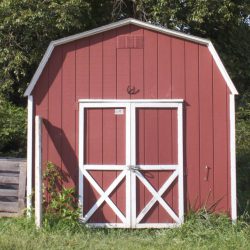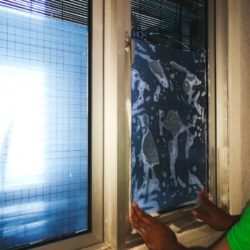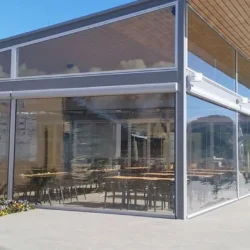Limestone is a timeless building material, celebrated for its natural beauty and durability. Used in construction for centuries, from ancient monuments to modern homes, limestone offers many advantages, including excellent thermal properties and environmental safety.
However, like any material, it also has its drawbacks, such as susceptibility to water absorption and weathering. Understanding both the benefits and challenges of using limestone is crucial for making informed decisions about its use in construction.
This article explores the pros and cons of limestone as a building material and provides practical tips for prolonging the lifespan of limestone walls, ensuring they remain a lasting and beautiful part of your home.
Is Limestone Safe to Use to Build a House?
Limestone is a popular material for building houses, and for good reasons. It’s been used for centuries, from ancient monuments to modern homes, and offers a range of benefits that make it a safe and appealing choice for construction.
Durability and Strength
One of the key reasons limestone is safe and effective for building houses is its durability. Limestone is a dense and robust material that can withstand various weather conditions. It doesn’t warp or swell with moisture like some woods, and it’s resistant to pests such as termites. This makes it a reliable option for building structures that need to last for decades or even centuries.
Fire Resistance
Limestone is non-combustible, meaning it does not catch fire. This property makes it a particularly safe choice for building homes in areas prone to wildfires. It can help prevent the spread of fire and add an extra layer of protection for the inhabitants.
Environmental Safety
Limestone is a natural material, which makes it environmentally friendly. It doesn’t release harmful chemicals into the air or soil, ensuring a safe living environment for you and your family. Additionally, it’s often locally sourced, reducing the carbon footprint associated with transporting building materials over long distances.
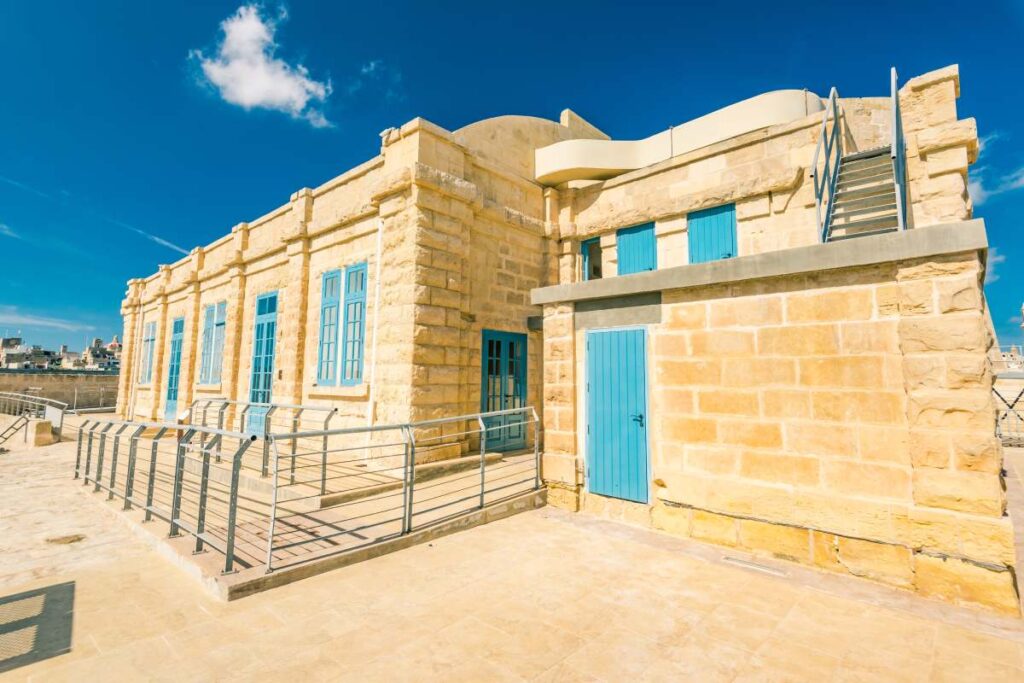
Thermal Performance
Limestone has excellent thermal properties. It acts as a natural insulator, keeping homes cool in the summer and warm in the winter. This can contribute to lower energy bills, as you might not need to use heating and cooling systems as much. Its ability to regulate indoor temperatures also adds to the comfort and safety of the living environment.
Aesthetic Appeal
Beyond its practical benefits, limestone also offers aesthetic advantages. Its natural beauty and range of colours and textures can add significant visual appeal to a home. Whether used for exterior walls, flooring, or decorative elements, limestone can enhance the overall look and value of your property.
Maintenance
Limestone is relatively low-maintenance compared to other building materials. It doesn’t require frequent painting or sealing, and any necessary cleaning is straightforward. Simple washing with water can often remove dirt and grime. However, it’s important to use the right cleaning products, as some acidic cleaners can damage the stone.
In summary, limestone is a safe and effective material for building houses. Its durability, fire resistance, environmental safety, thermal performance, and aesthetic appeal make it a desirable choice for many homeowners. While there are considerations regarding porosity, weight, and cost, these can be managed with proper planning and construction techniques. Overall, limestone can provide a beautiful, long-lasting, and safe environment for your home.
What Are the Disadvantages of Limestone?
Limestone is a popular building material with many advantages, but it also comes with several disadvantages that should be considered before using it for construction. Here are some key drawbacks of using limestone:
Porosity and Water Absorption
One of the primary disadvantages of limestone is its porosity. Limestone can absorb water, making it susceptible to damage in areas with heavy rainfall or high humidity. This can lead to staining, mould growth, and structural issues if the water penetrates deeply into the material. To mitigate this, limestone needs to be properly sealed and maintained, which can add to the cost and effort involved in its upkeep.
Weathering and Erosion
Limestone is relatively soft compared to other natural stones like granite or marble. This makes it more vulnerable to weathering and erosion over time, particularly in environments with acid rain or pollution. The acids in rain can react with the calcium carbonate in limestone, causing it to deteriorate and lose its structural integrity and aesthetic appeal. This natural weathering process can result in the stone becoming pitted, discoloured, or cracked.
Weight
Limestone is a heavy material, which can pose challenges during construction. The weight of limestone requires strong structural support, particularly for large buildings or high walls. This can increase the complexity and cost of construction projects, as the foundation and framework must be robust enough to bear the additional load. Transporting and handling the heavy stone can also be labour-intensive and costly.
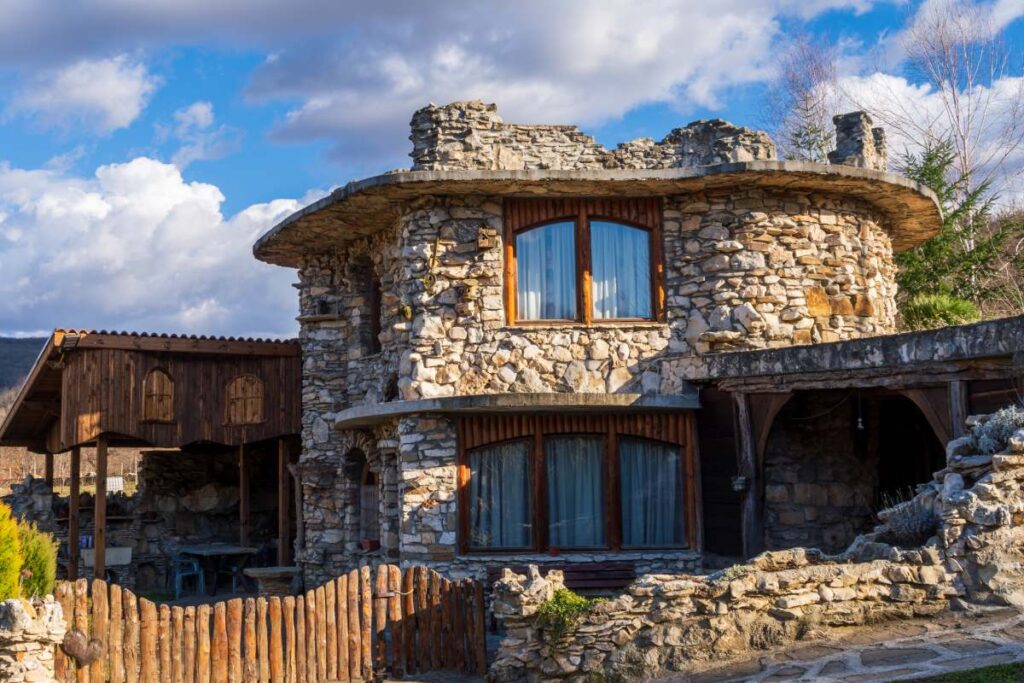
Cost
While limestone is not the most expensive building material, it can be more costly than alternatives like brick or concrete. The price of limestone can vary depending on the quality, colour, and finish desired. Additionally, the costs associated with sealing, maintenance, and potential repairs can add up over time. For some projects, the initial and ongoing expenses of using limestone may not be justifiable compared to other more affordable options.
Maintenance Requirements
Limestone requires regular maintenance to preserve its appearance and durability. This includes sealing to protect against moisture and staining, as well as periodic cleaning to remove dirt and pollutants. Specialized cleaning products may be needed, as acidic cleaners can damage the stone. Without proper maintenance, limestone can quickly lose its visual appeal and structural integrity.
Limited Color Range
Although limestone comes in various shades, its colour range is more limited compared to other materials like marble or granite. Typically, limestone is available in shades of white, beige, grey, and light brown. For projects that require a wider variety of colours or specific aesthetic requirements, limestone may not offer enough options to achieve the desired look.
Susceptibility to Scratches and Damage
Due to its relatively soft nature, limestone is more susceptible to scratches and surface damage than harder stones. This makes it less ideal for high-traffic areas or surfaces that will experience heavy use, such as kitchen countertops or floors in busy public spaces. Over time, wear and tear can make limestone surfaces look worn and may require refinishing or replacement.
What Can I Do to Prolong My Limestone’s Wall Life Span?
Prolonging the lifespan of limestone walls requires regular maintenance and preventive measures. Here are some practical steps to ensure your limestone walls stay in excellent condition for years to come:
Sealing the Limestone
Apply a Quality Sealant:
- Purpose: Sealing limestone reduces its porosity, preventing water absorption, staining, and damage from pollutants.
- Frequency: Typically, sealants should be reapplied every 1-3 years, depending on exposure to weather and usage.
- Type: Choose a breathable sealant that allows moisture to escape while protecting the stone from water penetration.
Regular Cleaning
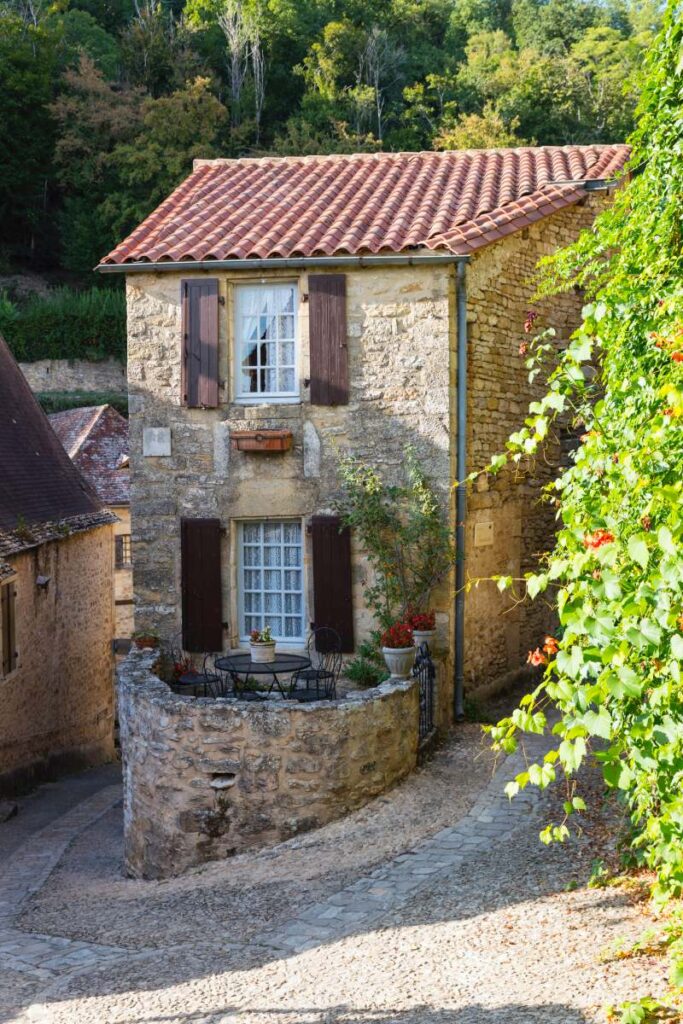
Clean with Appropriate Products:
- Method: Use a soft brush or sponge and a mild detergent mixed with water to clean the surface.
- Avoid: Harsh chemicals, acidic cleaners, or abrasive tools that can damage the limestone.
- Frequency: Regularly clean the limestone to remove dirt, grime, and organic growths like moss or algae.
Managing Water Exposure
Ensure Proper Drainage:
- Gutters and Downspouts: Install and maintain gutters and downspouts to direct water away from the walls.
- Landscaping: Grade the landscape around the building to slope away from the walls, reducing water pooling near the foundation.
Repair Cracks Promptly:
- Inspection: Regularly inspect the walls for any cracks or signs of damage.
- Repair: Fill cracks with a suitable limestone repair compound to prevent water from penetrating and causing further damage.
Protective Measures
Use Physical Barriers:
- Purpose: Protect the walls from direct impact and potential damage.
- Methods: Install barriers like garden edging or low walls to prevent soil and debris from hitting the limestone directly.
Environmental Control
Minimize Exposure to Pollutants:
- Vegetation: Keep trees and bushes trimmed away from the limestone to reduce sap, leaves, and organic debris from accumulating.
- Location: If possible, avoid using limestone in areas with high pollution levels, as acid rain and pollutants can accelerate weathering.
Temperature and Moisture Control
Insulate the Building:
- Purpose: Maintain a stable temperature and reduce thermal stress on the limestone.
- Method: Proper insulation helps prevent rapid temperature changes that can cause expansion and contraction, leading to cracks.
Regular Inspections and Maintenance
Conduct Regular Inspections:
- Frequency: Inspect the limestone walls at least once a year.
- Focus Areas: Look for signs of erosion, staining, biological growth, and structural damage.
- Action: Address any issues immediately to prevent them from worsening.
Professional Maintenance:
- Purpose: Ensure thorough care and expert handling of any issues.
- Service: Hire professionals for periodic deep cleaning, sealing, and repairs to maintain the limestone in optimal condition.
Protective Coatings
Apply Anti-Graffiti Coatings:
- Purpose: Protect the limestone from graffiti and make it easier to clean if vandalism occurs.
- Type: Use coatings specifically designed for natural stone to avoid any adverse reactions with the limestone.
Conclusion
Limestone is a great pick for home construction, offering both beauty and practical perks like lasting durability and heat efficiency. Sure, it has its quirks—like being porous and a bit sensitive to the elements—but with the right upkeep and some preventative steps, these issues are no biggie.
Slap on some top-notch sealant, keep the water flowing away properly, give it a scrub now and then, and fix up any boo-boos quick, and your limestone walls will stand strong for ages. Stick to these habits, and your limestone digs will stay solid and stunning, giving you a cosy, worry-free spot to call home.













